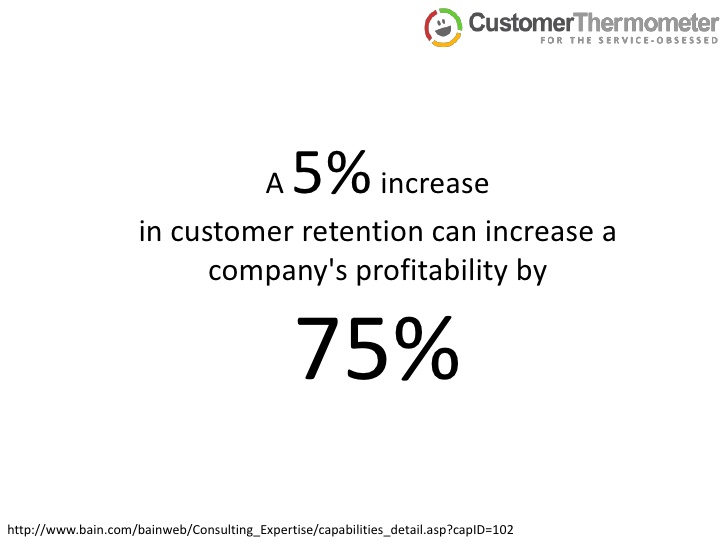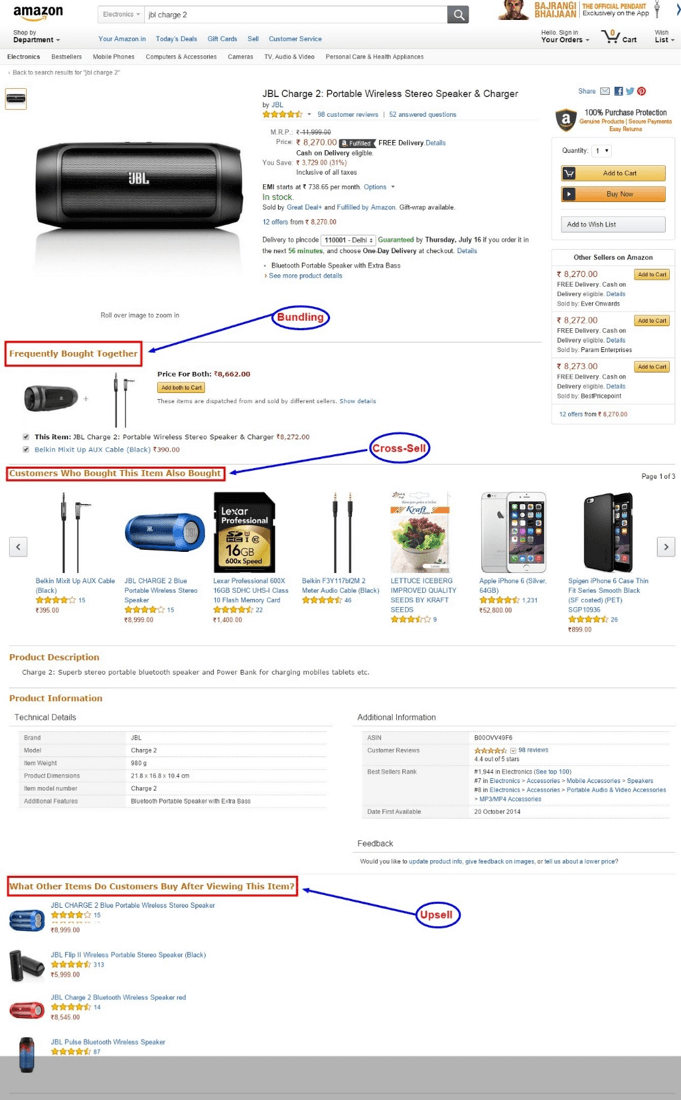
Advanced marketing tools to push your emails into the future.
Is your email marketing not performing as well as you’d hoped?
It might be time to start looking at new ways to take your current email marketing strategy into the future. With the help of the advanced email marketing tools available today, you have the ability to reach your customers on a more personal level.
In fact, you can provide your customers with the content they need before they even knew they needed it. With the help of technology such as predictive analytics and dynamic content, you have the ability to supercharge your email marketing and improve your customer experience.
Here’s a sneak peek at what advanced email marketing tools we’ll cover in this article:
- Predictive analytics
- Predictive recommendations
- Dynamic content
Take Your Emails to the Next Level with Advanced Email Marketing Tools
Advanced email marketing tools will let you take your basic email strategy to the next level. You can start sending customers the exact contact they need before they even know it. As your emails get more sophisticated, you’ll start to see an increase in engagement and conversion rates.
Let’s take a look at a few different marketing technology options available to you.
Predictive Analytics
Predictive analytics allows you to make data-driven decisions based on current and historical customer behaviors. Having the ability to analyze this data will help you to predict future outcomes and trends of your customer base. It’s almost like having a crystal ball that gives you a glimpse into the future behavior of your customers.
There are a number of ways predictive analytics can help take your email marketing strategy to the next level. Here are three ways that incorporating predictive analytics into your email marketing will increase performance.
1. Provide Customers with the Content They Want
With the help of predictive analytics, you can provide your customers with the content they want, when they want it. You can learn about your customers through their previous browsing and shopping behavior and send them content that is relevant to their buying journey.

For example, if you know from their previous browsing behavior that a customer is interested in a certain product, send them information to help encourage the sale. Maybe they need to see ratings and reviews from other customers, or maybe they need more detail on the product before deciding to hit that add to the cart button.
Whatever the case may be, you have the ability to see this through analytics and make marketing decisions based on that. You have the ability to increase your list segmentation and communicate with your customers on a much more granular level than ever before.
2. Know When to Send Customers Coupons
Coupons are a great way to encourage customers to make a purchase, but what if you could identify people who are willing to pay full price? Sending them a coupon is a great incentive, but if you know someone is loyal to your products and willing to purchase an item without a coupon — why lose profit margin?
Predictive analytics can tell you exactly what customers are more likely to purchase with or without a coupon. This will allow you to increase your company’s profit margin by increasing sales, but also allows you to target those who need a little extra push.
As you continue to learn more about the coupon-using behavior of your customers, you’ll start to learn what types of discounts work better than others. For example, some customers will be thrilled to get a 10% discount, while others may hold off on making a purchase until they receive something 20% or higher.
It’s all about balance and knowing what incentives your customers to make a purchase. You don’t want to give away too much of a discount to customers who are willing to pay full-price, but you don’t want to lose customers who are waiting for that discount code to hit their inbox.
3. Target Customers Before They Becoming Inactive
Another great use of predictive analytics is monitoring customer activity. This will let you know when your customers have a higher risk of churning and becoming inactive. Knowing this information will let you develop a strategy to target these customers before they are lost forever.

You can create customer retention programs that automatically target subscribers who are in danger of churning. These can be set up to trigger once a customer has been inactive for a certain amount of time. For many companies, they may try to retain customers starting at 30 days and send a series of emails to try and bring them back to an active status subscriber.
When you consider that it costs 5x more to attract a new customer, developing a retention plan for your subscribers is worth the time. Just a small increase in customer retention can make a big impact on your bottom line.

Predictive Recommendations
An advanced email marketing tool that goes hand and hand with predictive analytics is the use of predictive recommendations. Using machine learning algorithms allows you to provide your customers with the most relevant recommendations based on their past behaviors.
The most common type of predictive recommendation used in email marketing is related to relevant products. Understanding the likes and dislikes of your customers on a personal level will allow you to provide them with related products and improve upselling and cross-selling opportunities.
As your system begins to learn more about your customers, it will be able to provide them with product recommendations and other content that fit their specific interests. The more relevant the products you are promoting to them, the more likely they are to be interested in them and make a purchase.
You also have the ability to track purchasing behavior to increase your upselling and cross-selling sales.

Why is this a big deal? Well eCommerce giant, Amazon, attributes 35% of its revenue to cross-selling. This means that Amazon knows what its customers are purchasing and using this data to encourage additional sales. Implementing predictive recommendations can help your company capture these types of sales as well.
Dynamic Content
Dynamic content is just another building block of these advanced email marketing tools. Essentially, dynamic content is a part of a mass email that becomes personalized based on specific customer data.
The simplest form of this is adding customer demographics to an email. For example, you may choose to address the customer by name in the subject line or provide them with information to their closest storefront based on their geographical location.
But with today’s technology, dynamic content can go so far beyond these simple pieces of data. You can hone in on the exact preferences of your customers and serve them the content they want.
Do they interact with new arrival content frequently? Or maybe it’s flash sales that get them to click-through to your site. Whatever the case may be, knowing how they interact with your brand and your emails will let you provide them with more dynamic content based on their preferences.
Is your email marketing strategy ready for the future?
Does your current email strategy need a little help? Rather than continuing to send customers irrelevant content, supercharge your emails and start providing them with the content they really want. When you consider that you already have all the data you need, it’s really just about making the decision to make the switch.
So it’s time to break the status quo in your email marketing. Take a risk and implement one, or multiple, of these different advanced technology tools — you won’t regret it!
Cover image courtesy of Pexels.
